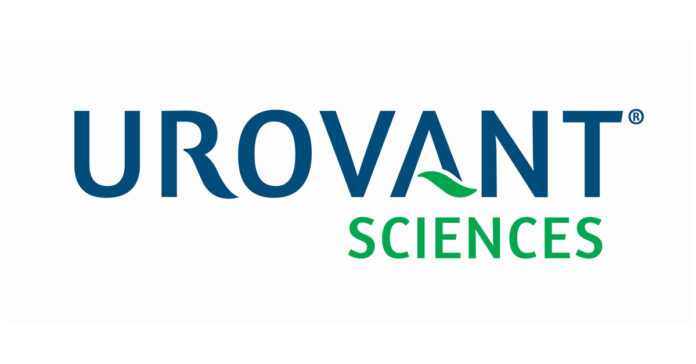IRVINE, Calif. & BASEL, Switzerland– Urovant Sciences, a wholly-owned subsidiary of Sumitovant Biopharma Ltd., today announced the publication of a new, post-hoc analysis of data from the Phase 3 EMPOWUR trial of GEMTESA (vibegron) 75 mg in the International Journal of Clinical Practice. The peer-reviewed paper is entitled, ”Vibegron for the Treatment of Patients with Dry and Wet Overactive Bladder: A Subgroup Analysis from the EMPOWUR Trial.“ The article is available online and will be published in an upcoming print issue of the journal.
OAB is characterized by urgency and frequency with (OAB wet) or without (OAB dry) urge urinary incontinence (UUI). Although OAB dry affects a larger proportion of the OAB population, studies of pharmacologic treatment typically report results in the overall OAB population or in patients with OAB wet. They also commonly focus on UUI as the most bothersome symptom of OAB. As a result, treatment guidelines do not differentiate between these patients and often neglect to address the need to manage the disruptive and core symptom of urgency associated with OAB. The post-hoc analysis was developed to compare efficacy of vibegron vs. placebo in OAB wet and dry populations.
“In this subgroup analysis of data from the EMPOWUR trial, vibegron was associated with significant reductions in urgency episodes and micturitions (urination) compared with placebo in both the OAB dry and wet populations,” said lead author Jeffrey Frankel, MD, Medical Director, Seattle Urology Research Center. “This indicates that vibegron may be similarly efficacious in improving these endpoints in patients with and without urge urinary incontinence.”
These findings are consistent with overall EMPOWUR data showing favorable long-term safety, tolerability and efficacy in patients with overactive bladder; these were published in the Journal of Urology in May 2021.1
In the EMPOWUR study, patients were randomly assigned 5:5:4 to receive once-daily vibegron 75 mg, placebo, or tolterodine 4 mg extended release, respectively, for 12 weeks. Serious adverse events associated with vibegron occurred at rates comparable with placebo (1.5 vs 1.1 percent for vibegron vs. placebo, respectively) in EMPOWUR; the most frequently occurring treatment-emergent adverse events (TEAEs) with incidence greater for vibegron than placebo were headache and nasopharyngitis. Hypertension incidence was similar between vibegron and placebo treatment groups.
“This latest publication further confirms GEMTESA’s role as a helpful treatment option for both OAB-dry and OAB-wet patient types, making it an important option for people living with OAB,” said Salim Mujais, Senior Vice President Clinical Development, Urovant Sciences. “This condition affects an estimated 30 million Americans and can have an impact on activities of daily living. Clinically meaningful decreases in urinary urgency may address an unmet need in these patients.”


